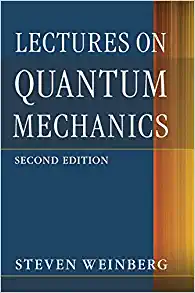Please
1. A telephone pole has three cables pulling as shown from above (see figure to the right), with F1 = (300, 500), F2 = (-200, 0), and F3 = (0, -800). (a) Find the net force on the telephone pole in component form. (b) Find the magnitude and direction of this net force. X 2. Two forces of F1 = (75,, -75) N and F2 = (150, -150) N act on an object. Find the third force F3 that is needed to balance the first two forces. 3. Andrea, a 63.0 kg sprinter, starts a race with an acceleration of 4.20 m/s2. What is the net external force on her? Fa 4. If the sprinter from the previous problem accelerates at that rate for 20 m and then maintains that velocity for the remainder of a 100 m dash, what will her time be for the race? 5. An 80.0 kg passenger in an SUV traveling at 100 km/h is wearing a seat belt. The driver slams on the brakes and the SUV stops in 75.0 m. Find the force of the seat belt on the passenger. 6. Suppose two children push horizontally, but in exactly opposite directions, on a third child in a wagon. The first child exerts a force of 75.0.N, the second a force of 90.0 N, friction is 12.0 N, and the mass of the third child plus wagon is 23.0 kg. (a) What is the system of interest if the acceleration of the child in the wagon is to be calculated? (b) Draw a free-body diagram, including all forces acting on the system. (c) Calculate the acceleration. (d) What would the acceleration be if friction were 15.0 N? 7. A chair of 12.0 kg is sitting on the horizontal floor; the floor is not frictionless. You push on the chair with a force of F = 40 N that is directed 37 below the horizontal and the chair slides along the floor. (a) Draw a clearly labeled free-body diagram for the chair. (b) Use your diagram and Newton's laws to calculate the normal force that the floor exerts on the chair. 8. What force does a trampoline have to apply to a 45.0 kg gymnast to accelerate her straight up at 7.50 m/s2? Note that the answer is independent of the velocity of the gymnast-she can be moving either up or down, or be stationary. 9. A baseball catcher is performing a stunt for a television commercial. He will catch a baseball (mass 145 g) dropped from a height of 60.0 m above his glove. His glove stops the ball in 0.01 s. What is the force exerted by his glove on the ball







